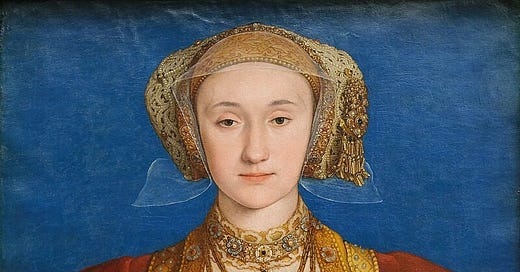Anne of Cleves served as Queen of England and the fourth wife of Henry VIII for a brief period of just over six months. Often dismissed by some historians as the "ugly one" and remembered primarily for her famous portrait by the celebrated court painter Hans Holbein, she is frequently regarded as a mere footnote in Henry VIII's relentless pursuit of a secure Tudor succession. However, her story is far richer and more complex than such a label suggests.
How did Anne transition from the role of the King’s wife to the esteemed title of the "King's Sister"? Far from being merely "divorced," Anne not only navigated the treacherous waters of the Tudor court but also managed to carve out a life of security and influence, defying the odds in a world where royal favor was often fleeting.
Hilary Mantel, in her acclaimed Wolf Hall trilogy, presents Anne of Cleves as a complex and nuanced figure, often overlooked in the shadow of Henry VIII's more dramatic wives. Mantel's portrayal humanizes Anne, highlighting her intelligence, resilience, and quiet dignity. She is depicted as a woman who, despite her initial disappointment and the tumultuous circumstances of her marriage, navigates the treacherous waters of the Tudor court with grace and composure.
Keep reading with a 7-day free trial
Subscribe to Wolf Hall Weekend to keep reading this post and get 7 days of free access to the full post archives.





